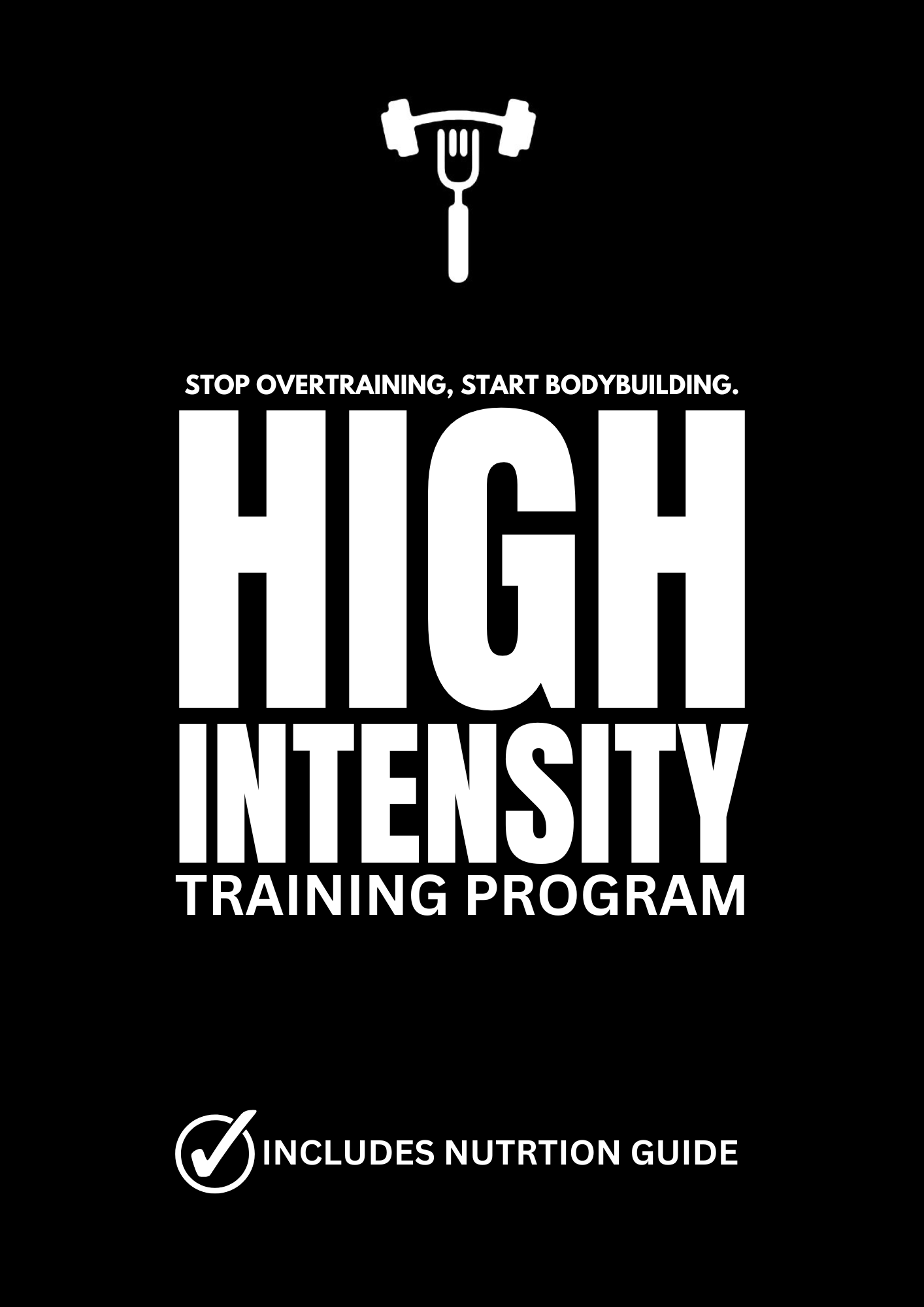The Limits of Training: Can Pushing to Failure Cause Injury?

Advocates of a certain philosophy argue that by training to failure, individuals can stimulate maximum muscle growth in minimal time. The theory suggests that pushing muscles to their absolute limit triggers a cascade of physiological responses, resulting in hypertrophy and strength gains. However, beneath this seemingly straightforward approach lies a potential risk that cannot be ignored: the risk of injury.
When delving into the philosophy of H.I.T, one often encounters the notion of reaching a point of muscular failure, where the muscle is incapable of completing another repetition with proper form. Proponents argue that this state is essential for stimulating optimal growth, as it pushes muscles beyond their accustomed limits. However, critics raise concerns about the potential consequences of consistently subjecting muscles to such extreme stress.
Consider the following hypothetical workout, adhering to the principles of H.I.T:
- Exercise 1: Barbell Squats
- Warm up Set: 8 repetitions at 70% of one-rep max
- Heavy Set: 6-9 repetitions at 90% of one-rep max (to failure)
- Exercise 2: Bench Press
- Warm up Set: 8 repetitions at 70% of one-rep max
- Heavy Set: 6-9 repetitions at 90% of one-rep max (to failure)
- Exercise 3: Deadlifts
- Warm up Set: 6 repetitions at 70% of one-rep max
- Heavy Set: 6-9 repetitions at 90% of one-rep max (to failure)
In this workout, each set is designed to push the muscles to their absolute limits, with the final set culminating in failure. While proponents argue that this approach is necessary for optimal gains, critics highlight the potential risks associated with repeatedly subjecting muscles to such intense stress.
Training to failure places immense strain on the muscles and central nervous system, increasing the likelihood of overuse injuries, muscle imbalances, and joint damage. Moreover, the relentless pursuit of failure may lead individuals to compromise on form, sacrificing safety for the sake of reaching that elusive point of exhaustion.
However, it's important to note that not all training methods carry the same level of risk. With the right workout program, incorporating appropriate volume and frequency, individuals can achieve significant gains without exposing themselves to unnecessary injury. By prioritizing proper form, adequate rest, and gradual progression, one can mitigate the risks associated with training to failure.
In conclusion, while the philosophy of H.I.T advocates for pushing muscles to their absolute limits, it's essential to consider the potential consequences of training to failure. While it may yield results in the short term, the long-term effects on muscle health and overall well-being cannot be ignored. With the right approach, focusing on safety and sustainability, individuals can achieve their goals without compromising their long-term health.

